Another New Life! Caring for a Cow and a New Calf After Birth.
In this post, I share about the arrival of our new baby calf! Our cow Penelope gave birth on Sunday morning!
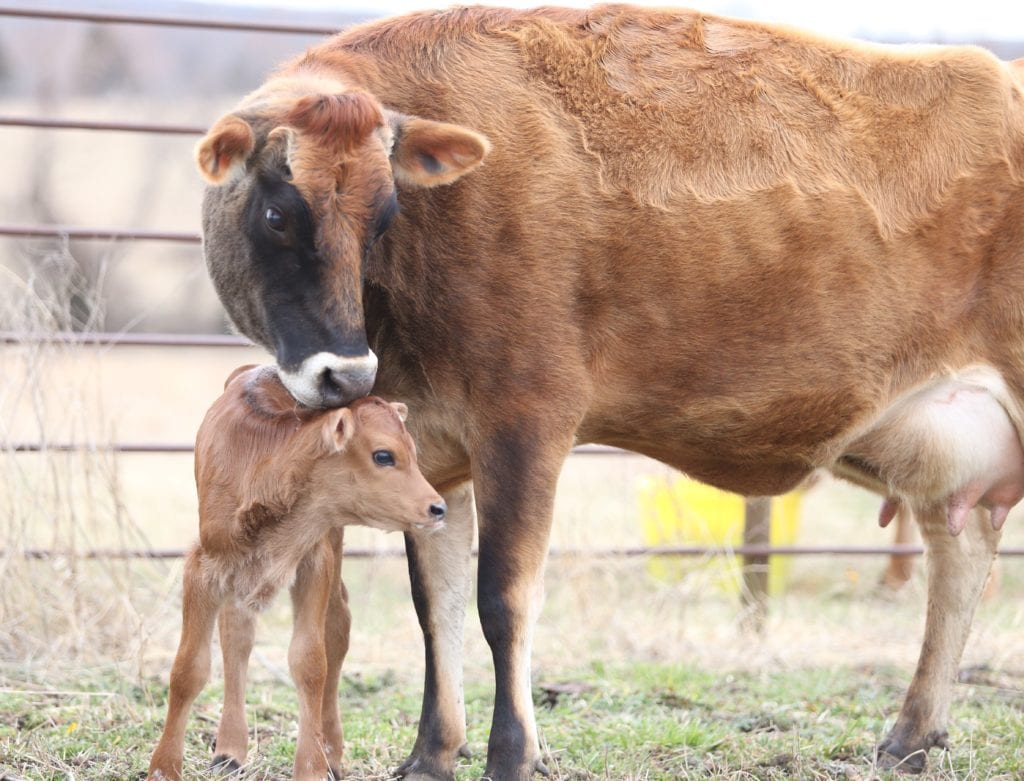
Keeping a Milk Cow in Milk
So, one of the things that goes with keeping a milk cow is making sure she has a calf every year or so. This ensures that she has milk. No calf…no milk! This takes some planning, and of course, a bull! We have kept a bull in the past, and have come to the conclusion that they can be an awful lot of trouble!
Our bull was not mean, but word on the street is that Jersey bulls can turn on a dime. Meaning, they are fine one day and the next, they are, well…a RAGING BULL! This is not a risk we are willing to take with lots of kiddos running around. What our bull liked to do was jump the fence. He became quite good at it actually. Nothing is as much fun as a call from the neighbor telling you your bull is in his pasture with his longhorn cows! oOoPs!
Artificial insemination is another option, but we have not had success with that. Besides, at $45 a pop, it can get expensive pretty quickly. You have to know your cow pretty well, be able to call whoever is going to inseminate for you, and they have to get there in the window of time that she is prime for getting pregnant!
Therefore, we have found that renting a bull for a few months makes the most sense. We (with much searching) found a family that was willing to rent us their Jersey Bull. I think they charged us $40 a month, which is a real steal! It only took one month and he was quite efficient! We brought him to the farm back in May or June. We kept him for three months just to make sure. He was quite handsome and Penelope was swept off her feet! Ha! We called him Antonio, because he was so dark and handsome!
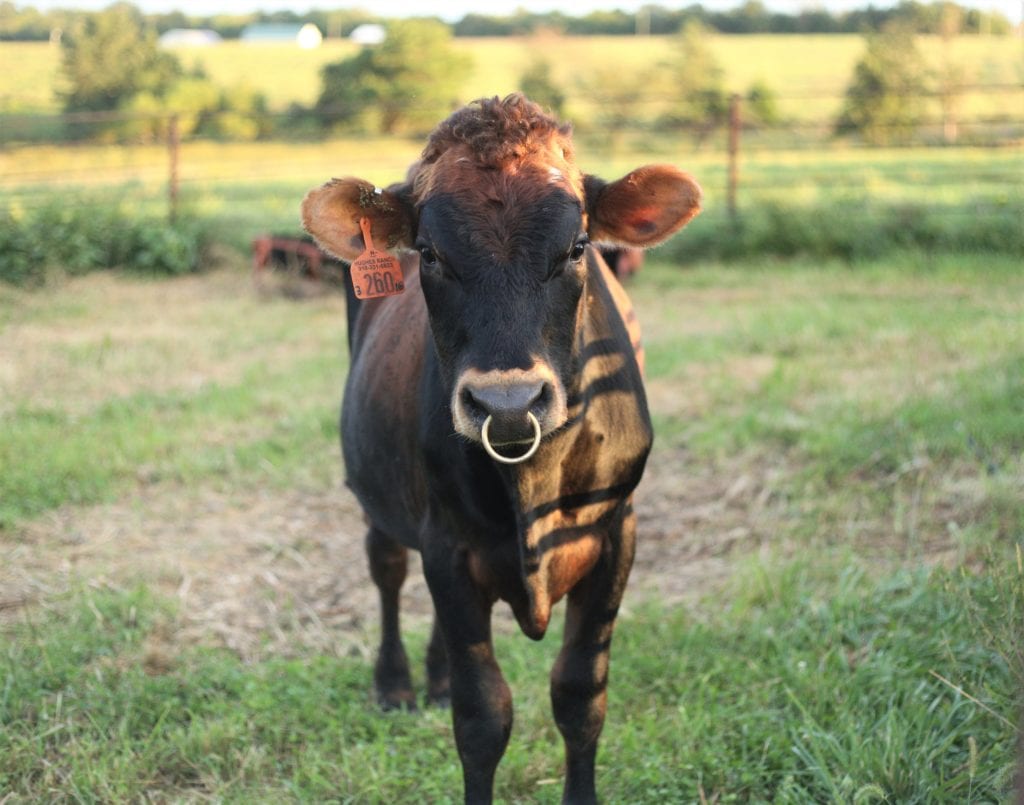
A Vet Check
Before we sent Antonio back we had the vet come out and check Penelope to make sure she was pregnant. Did you know they do ultrasound on cows? I had no idea! The vet inserted a probe and quickly told us that she was three months pregnant with a heifer (girl) calf! Isn’t that amazing? I didn’t know they could tell the sex and everything! We were delighted and said goodbye to Romeo–I mean Antonio.
Looking for Signs
The months passed quickly. We had our baby two weeks ago and realized that we would be waiting for another new life very soon! According to our calculations, she should have been calving the first week of March.
We have only had a calf born on the farm one other time. Unfortunately, that calf was stillborn. We were inexperienced and didn’t really know what to look for. This time, we vowed to pay better attention and recognize the signs. Penelope gave us good clues that birth was coming soon.
Here is what you can look for, and here is what we saw.
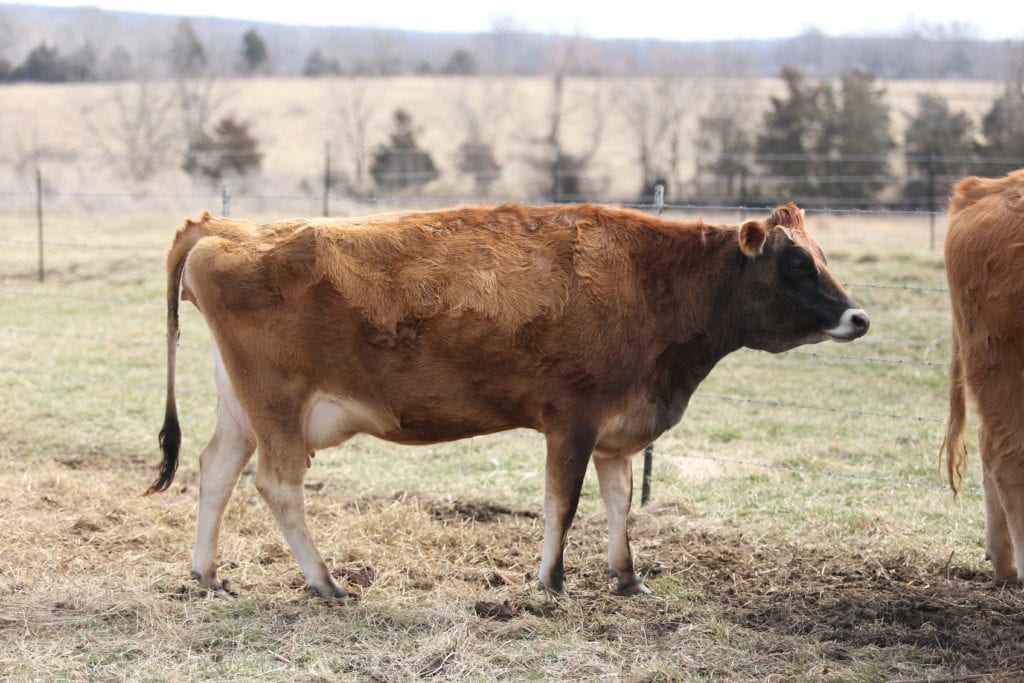
- A full udder–okay, this one can happen weeks ahead of time. We noticed that she had a full udder about two weeks ago…then on Saturday, we noticed her udder was four times the size that it usually is. I am not exaggerating when I say four times the size! There is a difference between a full udder and a FULL UDDER!!
- Loose or Disappearing Ligaments–This one was very obvious about a week before she calved. Jersey cows have pin bones, or what I call, “hip bones” that stick up in the back. Her bones became less visible and her back end looked more like a low rider. (Sorry Penny)
- Swollen Vulva and Possibly mucous–She did look puffy in the back end, but we never noticed any discharge.
- Change in stool–we never noticed that, but it can be a sign of impending birth.
- Change in appetite–This is another thing we did’t notice, but can be a sign of birth as well.
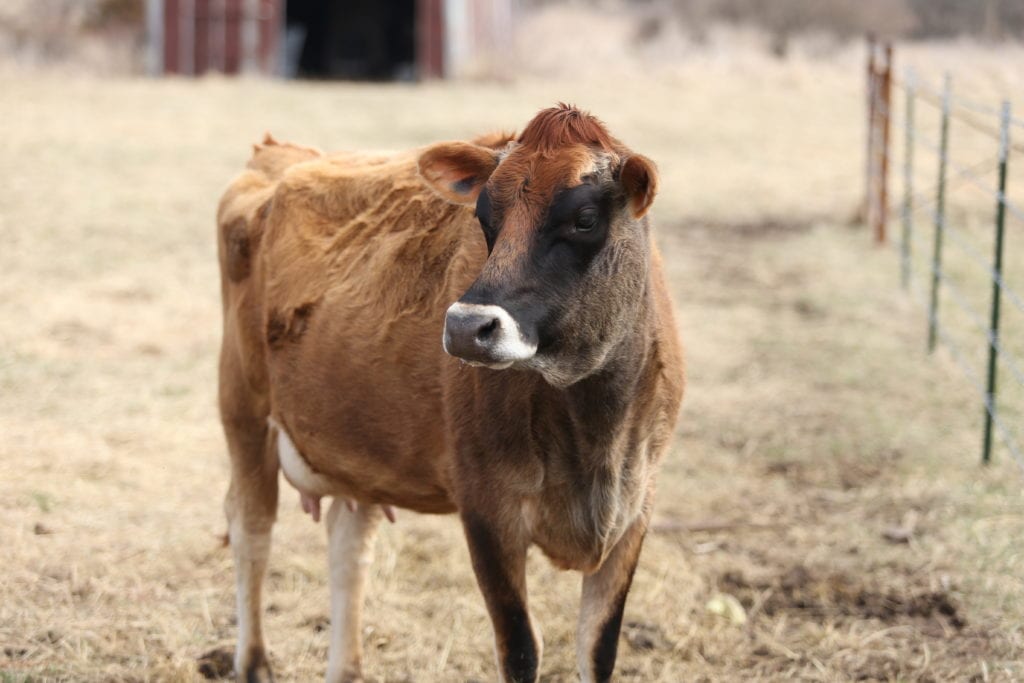
Sunday Morning…a New Calf!
On Sunday morning, my husband went out to do chores and there she was with a calf! She must have given birth early that morning or late the night before. I had a feeling that something was about to happen with her. The girls went out and checked on her Saturday night. However, it was too dark to really see that well and they thought she was fine. So we don’t know for sure when the calf was born.
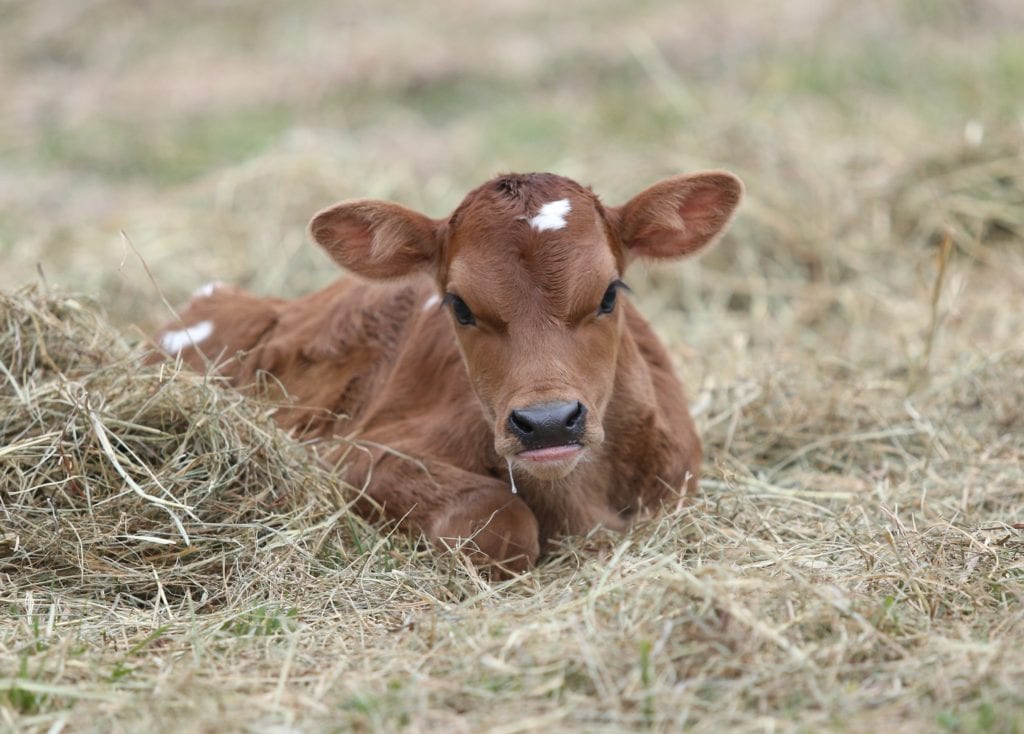
Thankfully, the weather is so mild and springlike right now! March can be dicey in the Midwest. In the future, we will try to have her calve in the later spring when the risk of cold and snow is less, and when there is some green grass!
Caring for Mama and the New Calf
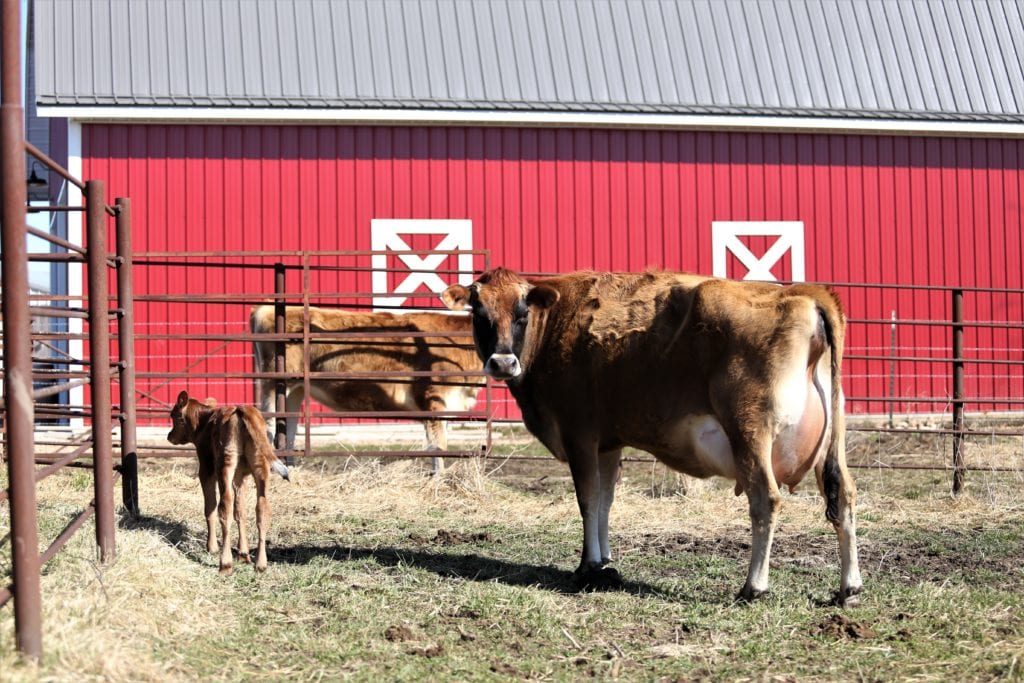
Now that the calf is here, we have them penned up in the corral together. The baby is nursing, but Penelope is still so full! However, she is not interested in us milking her. She is still feeling a bit protective and she wants to kick us when we try to milk her!
After trying a few different things, we decided it would be best to leave her alone with the calf for a week or two before we try to milk her again. We were just making her agitated and really making things worse. The vet sees no reason for concern, and doesn’t think she will get mastitis.
Penelope is eating and drinking well. We are supplementing her feed with some molasses. Milk fever can be a concern, and many say it is a calcium deficiency. However, I have read that it is more likely a magnesium deficiency. Magnesium is vital for so many functions in the body, one of the functions being absorption of calcium. Molasses is high in magnesium, and she loves it. She is also getting some mineral cubes and high quality hay. So far she is doing great!
The New Calf
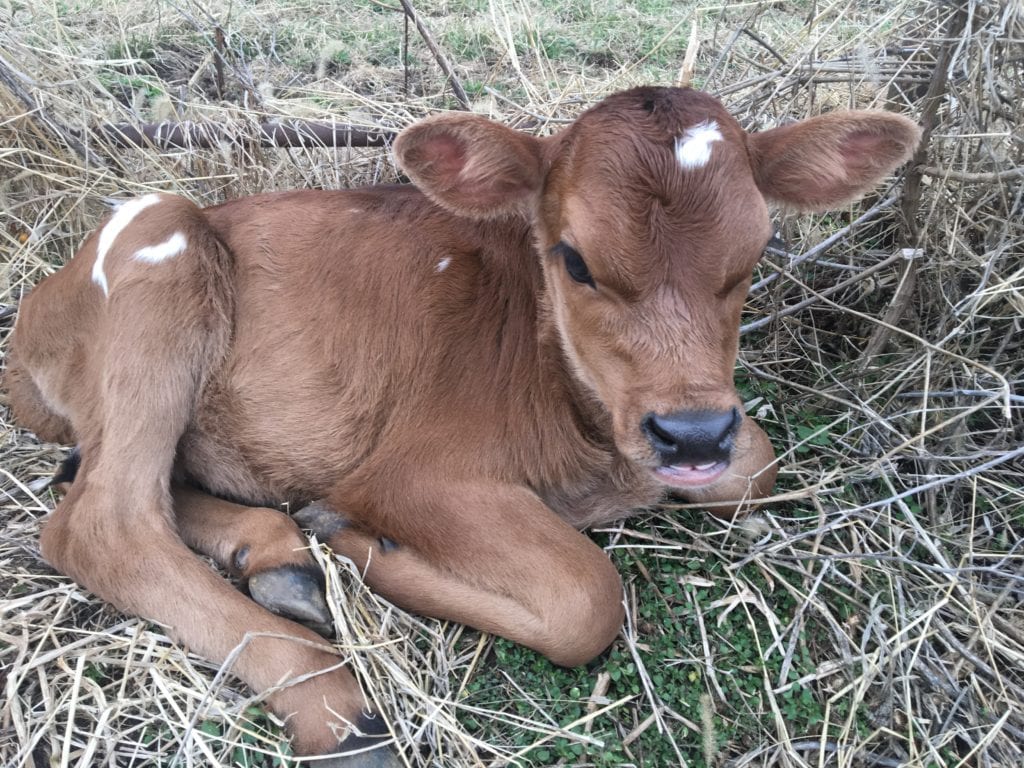
The calf is a heifer, and just as sweet as she can be! I was a bit concerned because she has an under-bite. The vet said there is no problem with that either! I read online and apparently this is very normal in newborn Jersey calves. She will most likely outgrow it in a month or so.
She looks a bit like Mater from Cars in this picture, however we are thinking about naming her Charlotte.
Thank you for stopping by!
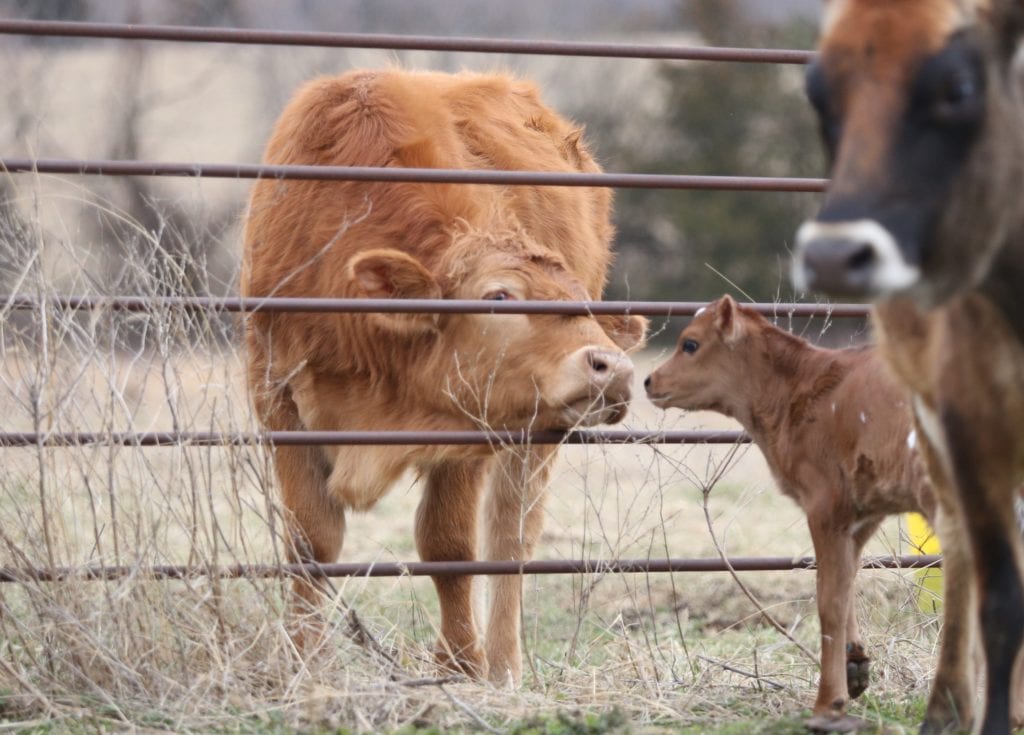
I hope you enjoyed a peek at our little calf! We are so happy to share this fun news with you all! As always, thank you for reading!
Here are my other posts on Milk Cows
Can I Talk You Out Of A Milk Cow?
Books I like for Keeping a Cow
Mary Jane Butters Milk Cow Kitchen
Pin and Share!
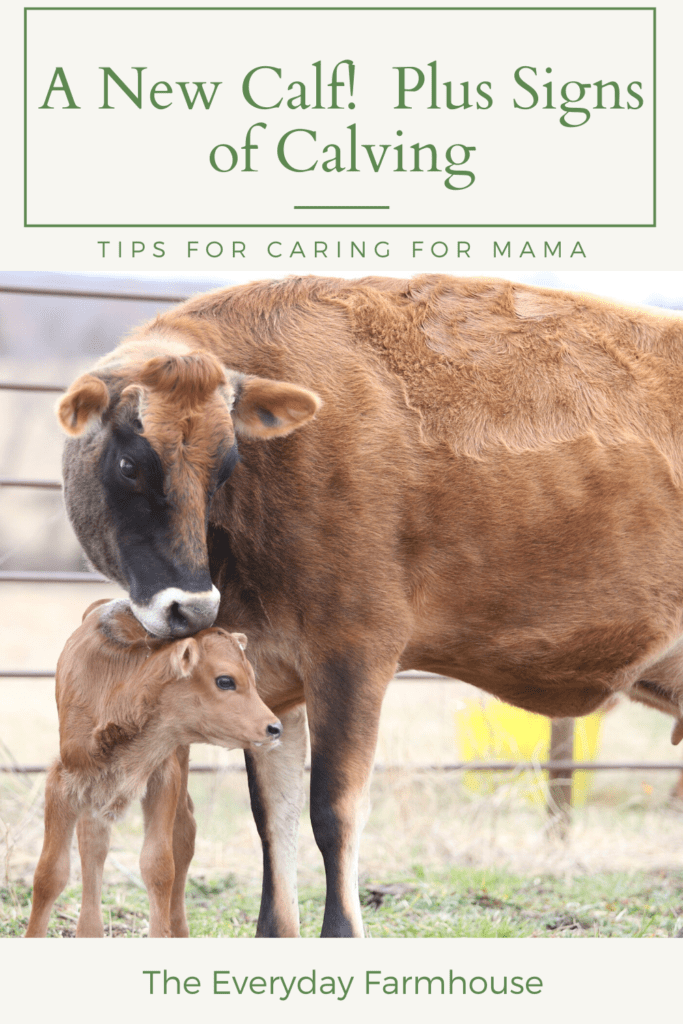
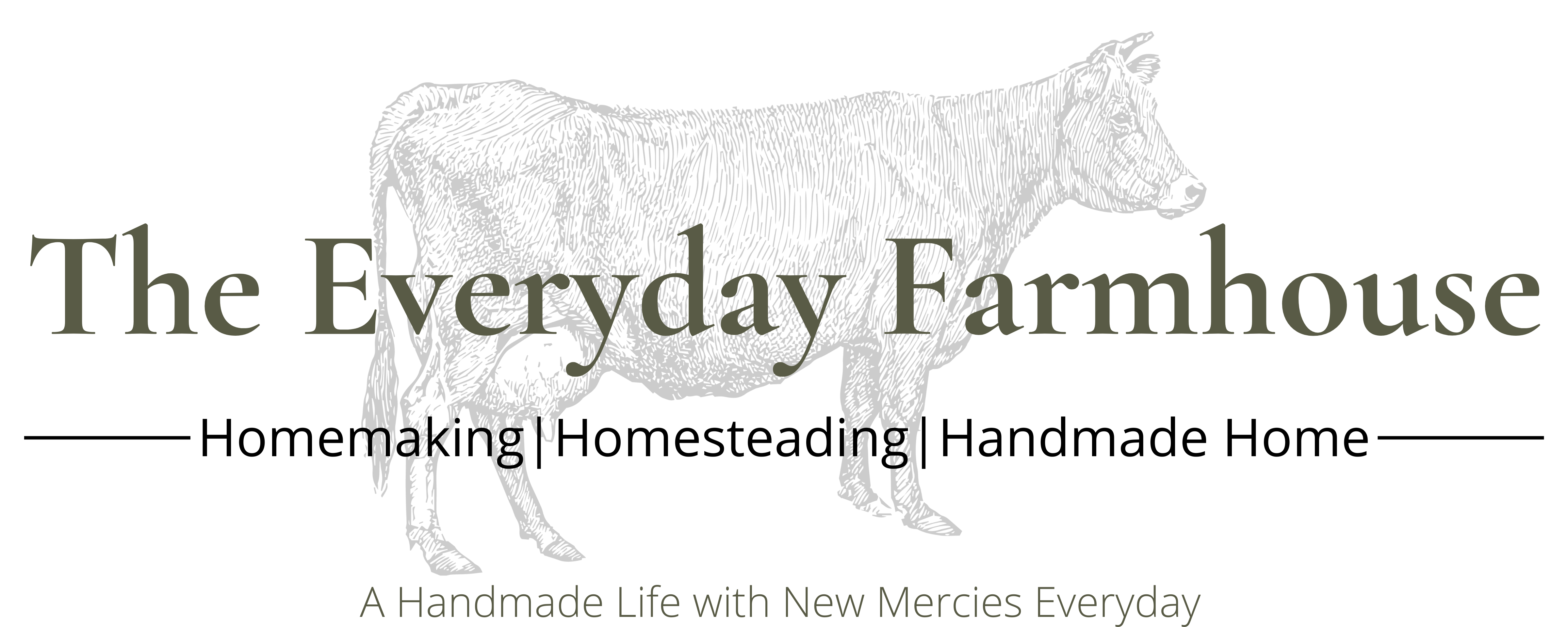

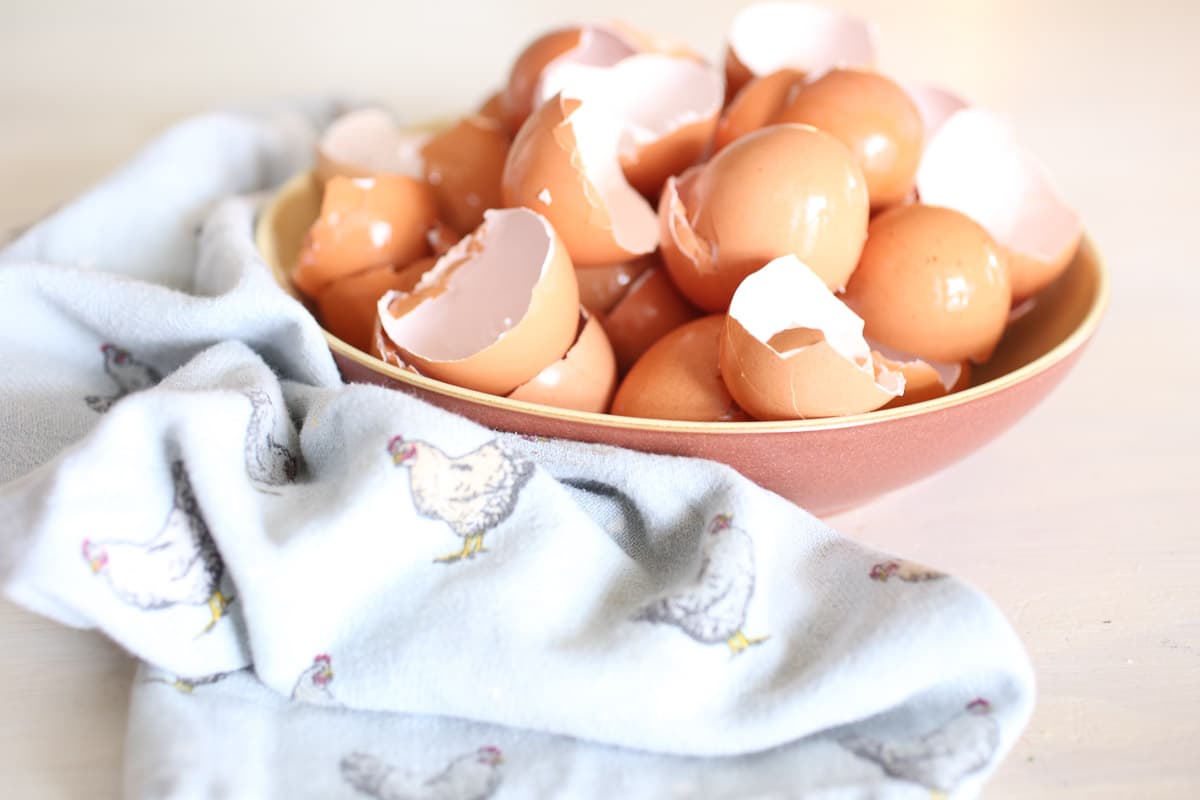


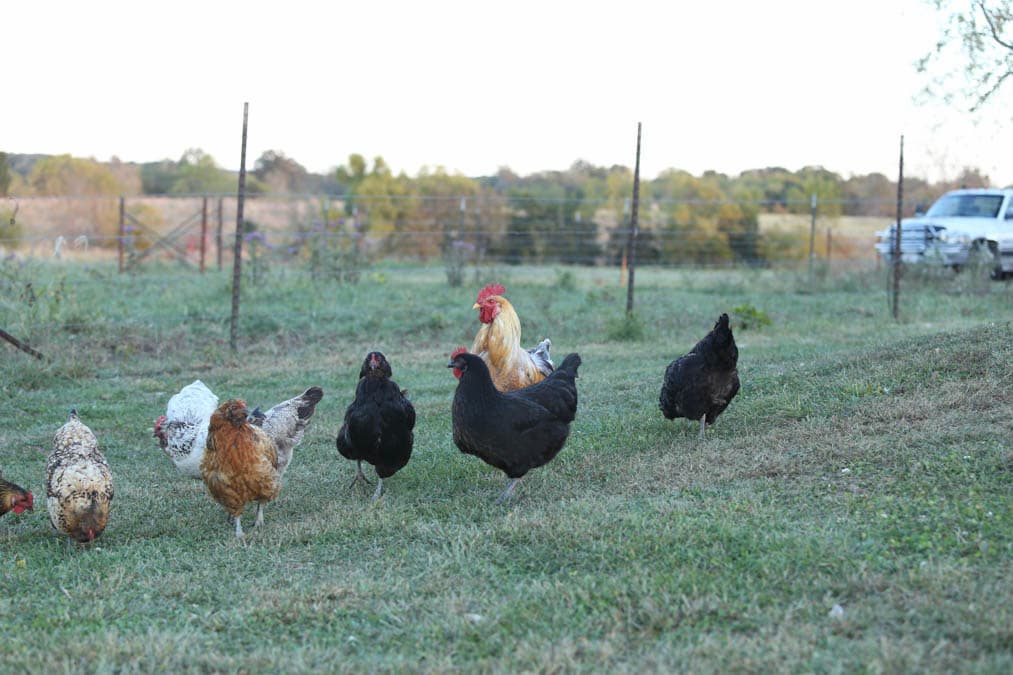

Awww! So sweet! It looks like momma and baby are doing just fine! Congratulations!
Thank you Pamela! Yes, things are going well so far!!
Beautiful pictures and great story.
I love the white markings on the baby. Those big boys look pretty mean but they’re really very sweet. 🥰
Thanks Mama! Yes, Timothy especially is super sweet!
What a cute story! I’m sure it’s best for baby to have all the extra nutrients from mamma for a week or so. Welcome spring to 2 new babies. ❤️
Thank you Jersey! What a wonderful Spring!
This is the sweetest post! Her face is the CUTEST!
Congratulations to mama and baby (both of y’all—you and Penelope).
Happy day friend!
karianne
Thank you dear friend! Thanks for the y’all, it validates you as a Texan!!
Loved reading this post! On our dairy farm, my job was to care for the calves! We raised holsteins and had about 200 head. I wasn’t a huge fan of barn work, but I did love those sweet calves and named each one! Enjoy this new sweet baby girl!
Oh my! I love to hear about people who grew up on a farm! Yes, my kiddos are in love with little Charlotte!
How exciting! I’ve never gotten to experience a baby calf!
Thank you so much for sharing your tips and experiences at the Homestead Blog Hop!
Blessings, Laurie
Thank you so much for visiting!
Did the heifer calf’s underdeveloped facial bones grow to be normal in length, so she had a normal bite when older, like the vet said, or does she still have an underbite? I study animals with underbite and overbite and I have examined over a thousand grazing animals, wild and domestic. A high percentage had an underbite, (between 20% and 70% depending on the species) of those animals on which I measured the bite, alive or dead. On domestic cattle, goats, sheep, equines and camelids, the animals still had an underbite when they were several years old or even very old. On a grazing animal, an underbite affects their ability to bite off foliage and get adequate nutrition, so it is especially harmful to a wild grazing animal. I was a wildlife rehabber for 50 years and I accidentally found an electrolyte in pill form that stimulates the animal’s cells to uptake needed minerals. On my website, (www.judyhoy.com), I tell about the positive effects of this electrolyte with before and after photos. You can help a calf’s underdeveloped facial bones (or those of other animals) grow to normal in about two weeks. Go to my website on Google and right under the fox photo it says Explaining the use of Homeopathic Cell Salts. Click on that and my article on how the Cell Salts work and which one stimulates bone growth with the photos will come up. I assume you might have more calves and if you ever have one with an underbite again, you will be able to make the facial bones grow to normal fairly quickly. (In the PDFs to Download near the bottom of the first page on my website, there are quite a few PDFs of photo documents showing the birth defects including underdeveloped facial bones on various mammals and birds and the studies I have helped with on the birth defects.)
Unfortunately, I didn’t see your calf’s photo until today, so it is likely too late to help it have a perfect bite. I am interested in whether it grew to normal by itself, with no treatment. I keep reading that vets say that, but as I said above, I have not seen that happen. Also, the underdeveloped facial bones are an epigenetic change and are not the fault of the genes of the parents at all, at least on those that can be stimulated to grow to normal. The facial bones obviously can’t be stimulated to grow to be normal in length if they are programmed to be short by the genes of the parents.
She is two now and she turned out fine. By the time she was six months old there was no underbite.